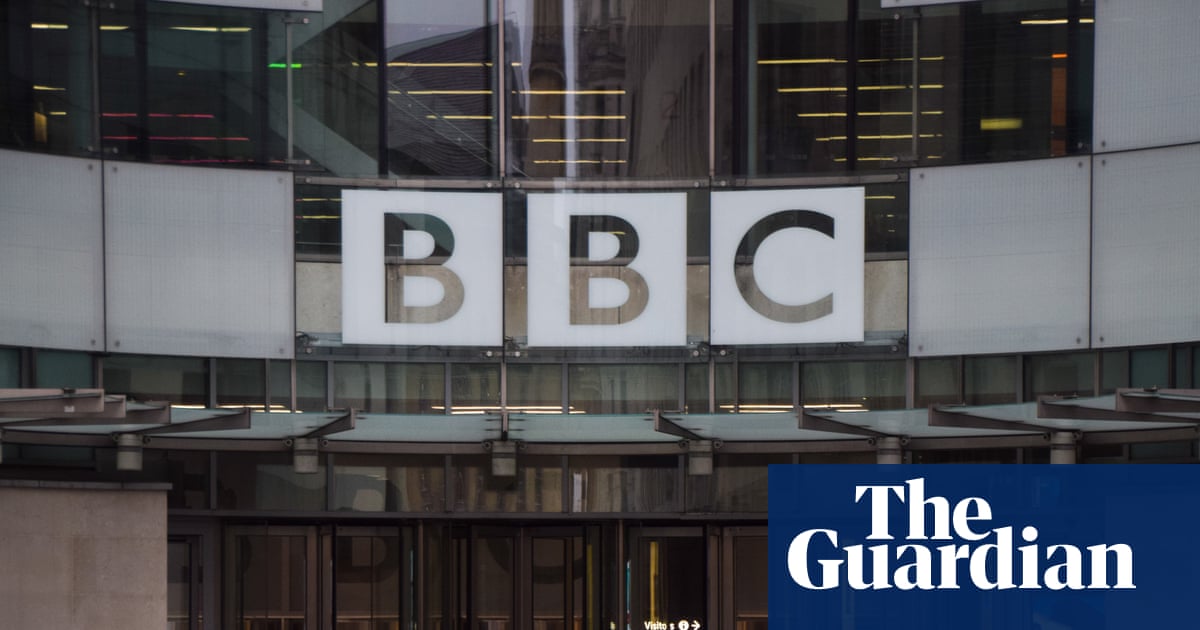The water company United Utilities has underspent by more than £50m on vital work in Windermere, north-west England, to connect private septic tanks to the mains network and reduce sewage pollution, it can be revealed.
The financial regulator, Ofwat, revealed in response to a freedom of information request that the privatised water company had been allocated £129m to connect non-mains systems – mostly septic tanks – to the mains sewer network since 2000.
The company has spent £76.7m in almost 25 years, leaving £52m unspent.
Save Windermere, the campaign group that submitted the request, has mapped areas where private sewerage systems are likely to be significantly affecting the water quality. It is calling on the water company to produce a high-profile campaign to connect the septic tank properties to the mains.
United Utilities said it could not force property owners to sign up to the main network, but that it was involved in community outreach to encourage businesses and individuals to do so.
Under section 101 (a) of the 1991 Water Industry Act, property owners can request a connection to the public sewer system if an existing private sewerage system – serving two or more premises or a locality – is causing, or is likely to cause, environmental or amenity problems.
Matt Staniek, the founder and director of Save Windermere, said only one scheme had been completed in the Windermere catchment in two decades, which connected only 27 properties to the mains.
He said: “There should have been far more effort to inform local communities about their right to request a mains connection. When connection studies have been carried out in the past, they should have been acted on.
“Any work that doesn’t aim to connect private properties to the mains … is a smokescreen. It’s greenwash that pulls us further away from a sewage-free Windermere.”
Treated and untreated sewage discharges from United Utilities facilities represent the principle source of phosphorous pollution into Windermere. The first comprehensive analysis of water quality in England’s largest lake revealed bathing water quality across most of the lake was poor throughout the summer owing to high levels of sewage pollution.
As well as pollution from water company assets, sewage pollution is known to enter the lake from private septic tanks. The water company attributes 30% of phosphorus loading in the lake to non-mains drainage.
after newsletter promotion
Mapping by Save Windermere has identified areas where targeted work could take place to connect non-mains sewerage to the mains. These include areas around the south basin of Windermere, where more than 5 miles of shoreline – including residential properties, holiday accommodations and tourism businesses – relies entirely on non-mains.
A United Utilities spokesperson, said: “There are numerous ways for people and businesses to connect to the public sewerage system. As well as needing enough demand from customers in a particular area, there are additional criteria that also has to be met – including the viability of the scheme and customers being willing to pay to connect to the network and for ongoing wastewater charges.
“We are currently working with communities in three areas in the catchment to drum up the necessary interest.”

 1 month ago
43
1 month ago
43

















































